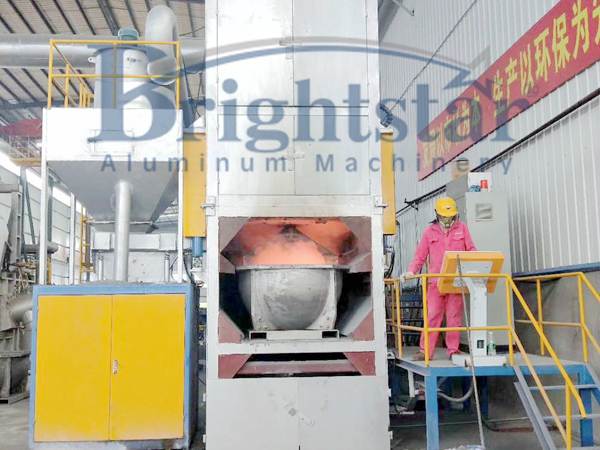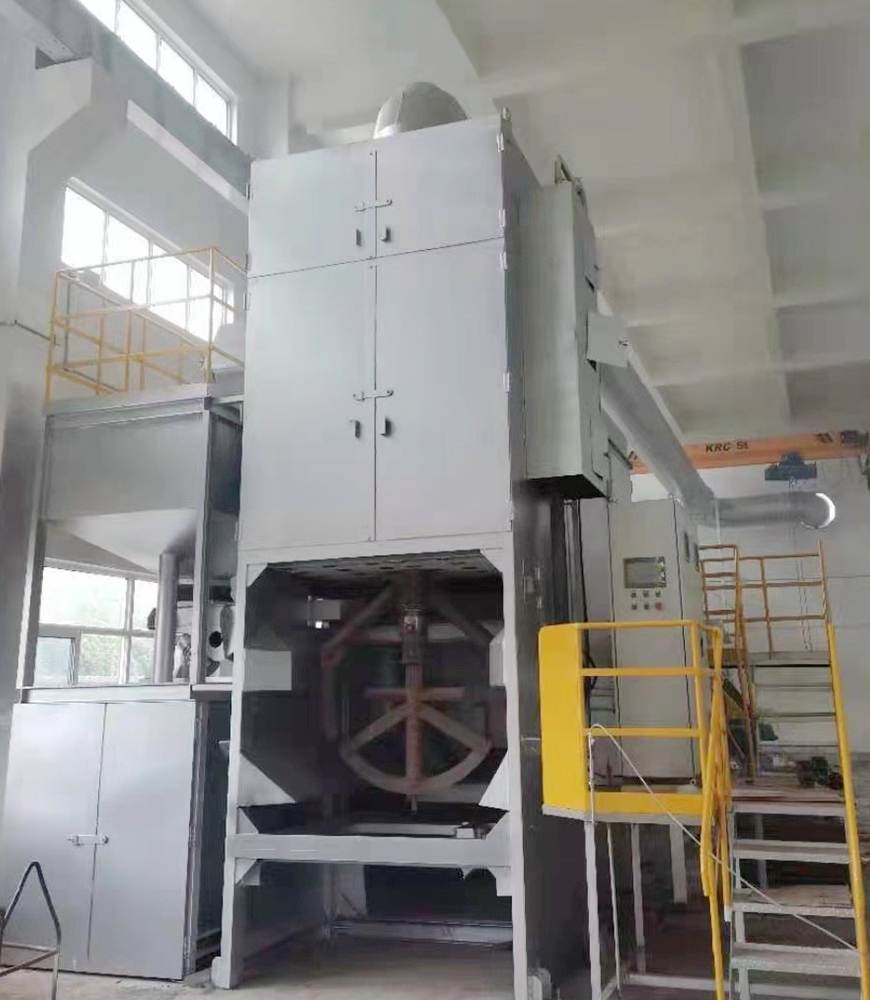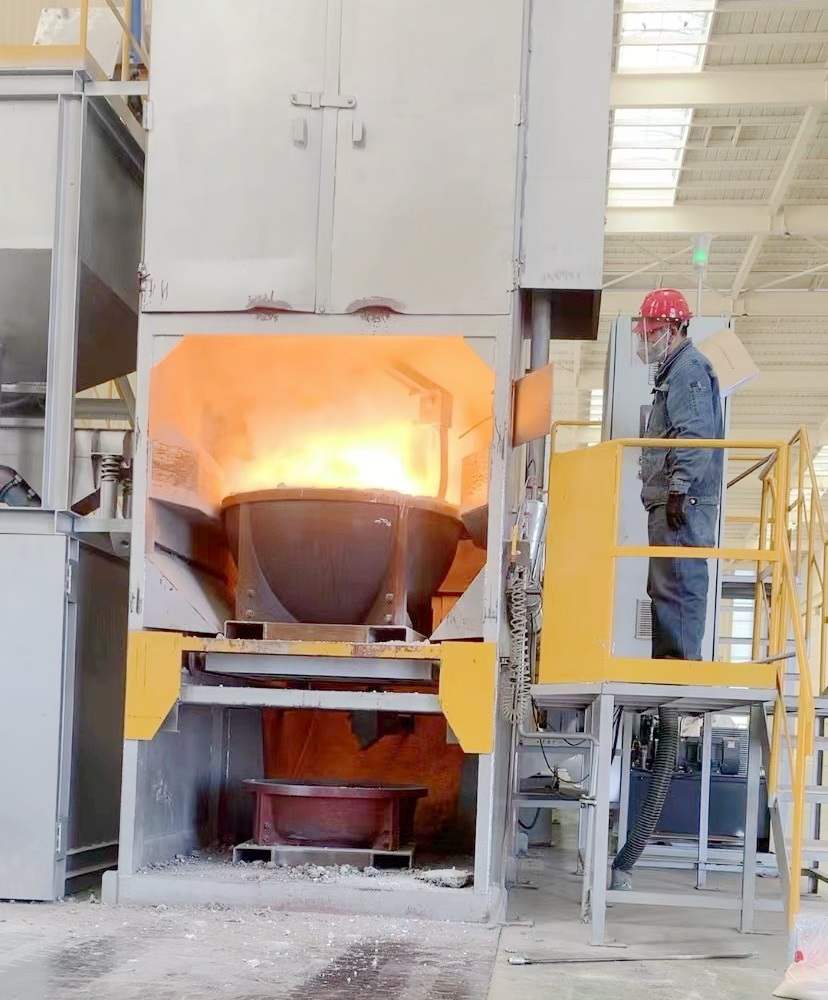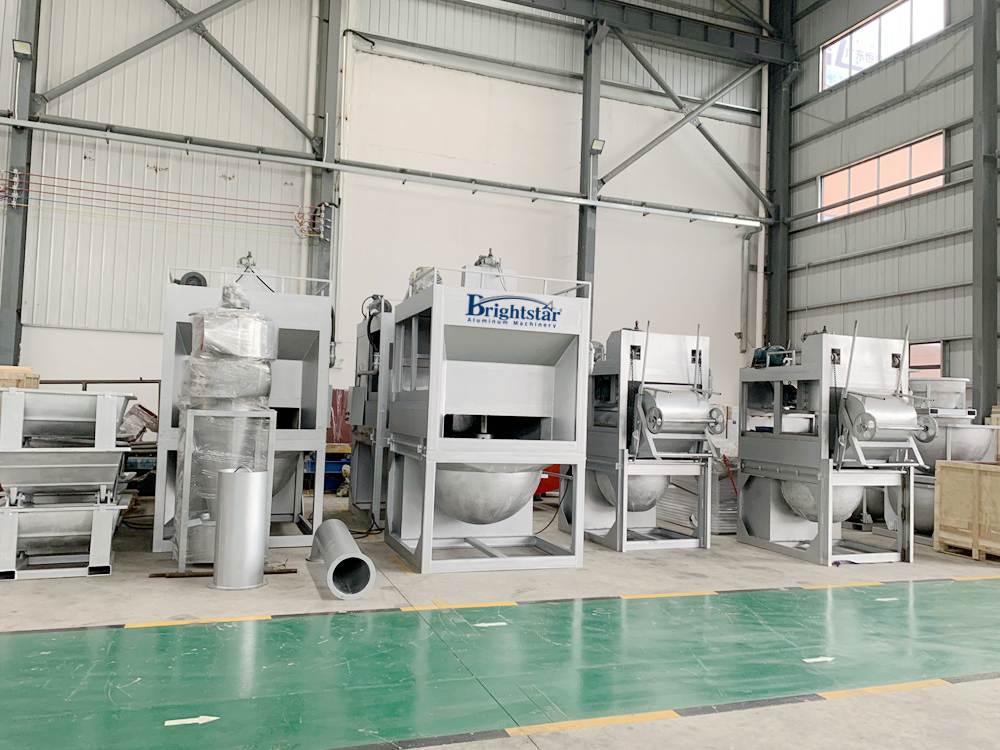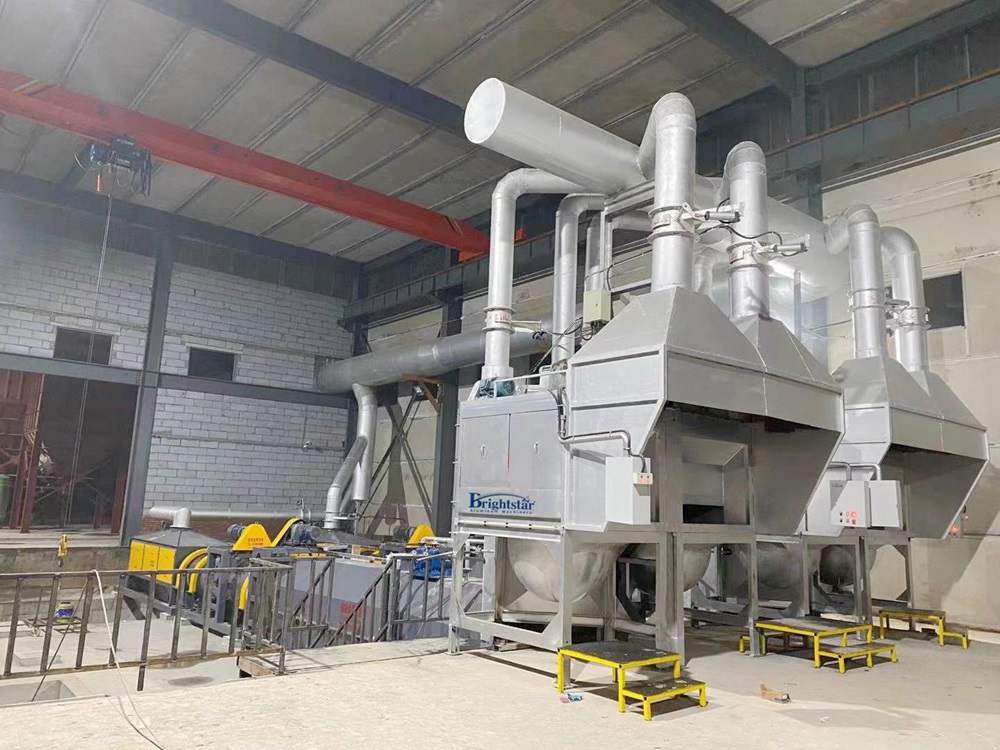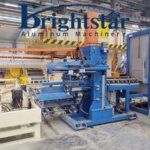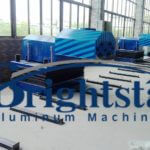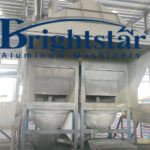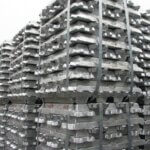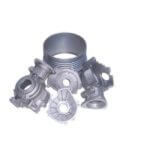What is the difference between pot movable type and dross trolley type aluminium dross machine?
What is the difference between pot movable type and dross trolley type aluminium dross machine?
The key difference between a pot movable type and a dross trolley type aluminum dross machine lies in how the dross is handled during processing.
Here’s a table summarizing the key differences:
| Comparison | Pot movable type | Dross trolley type |
| Cost | Much more, 2-4 times of dross trolley type | Less and affordable |
| Dross Handling | Dedicated pot within the machine | Separate dross trolley |
| Dross charging | Tilts, lifts, or moves away with the pot | Dross trolley |
| Stirrer | Double blades with auxiliary | Single |
| Liquid aluminium | Bucket | Launder for ingot mold |
| Eco | Better | With/without dust collector |
| Operation | Pot from skimming to the operation by forklift | Forklift dross trolley or manual dross trolley from skimming to the operation, need dross charging from trolley to the machine pot |
| Processing quantity | 300-350kgs per run | 100-500kgs per run up to the model |
| Process | Simple and better stirring effect | stirring |
| Structure | Hydraulic structure | Top and bottom separate structure |
| Safety | Improved due to pot separation | Requires careful trolley handling |
Pot Movable Type aluminium dross machine:
A pot movable type aluminum dross processing machine(DPM) is a specific piece of equipment designed to deal with aluminum dross, a byproduct generated during aluminum melting and processing.
Pot Movable Design: This key feature allows the pot containing the molten dross to be tilted or moved away from the furnace.
This enables easier access for skimming the dross, slag removal, and pouring the recovered aluminum.
Using a movable pot, only need to process the aluminum dross once;
Double blades and special technology ensure that the yield of extracted metal aluminum is increased by about 10% than before
The hydraulic structure of blade lifting has a low failure rate and more convenient operation;
Dross Handling: The dross resides in a dedicated pot within the machine.
This pot can be tilted, lifted, or moved away from the furnace for skimming, slag removal, and pouring the recovered aluminum.
Benefits:
Improved recovery: Easier access to the dross allows for a more thorough skimming process, potentially leading to higher aluminum yield.
Enhanced safety: Separating the pot from the furnace during skimming reduces operator exposure to high temperatures.
Ergonomics: Allows operators to access the dross from a more comfortable position for skimming.
Dross Trolley Type aluminium dross machine:
A dross trolley type aluminum dross processing machine(DPM) functions similarly to a pot movable type machine, but with a key difference in how the dross is handled.
Dross Handling: The dross is loaded into a separate dross trolley.
This trolley is then moved towards the processing unit where the dross is processed.
The processing unit typically involves a furnace or crucible that melts the dross.
Once melted, the aluminum separates from the impurities due to their differing densities.
The aluminum can then be poured off, while the lighter weight impurities form a slag layer on top that can be skimmed off.
Dross Handling: The dross is loaded into a separate dross trolley. This dross trolley is then moved towards the processing unit where the dross is processed.
Benefits:
Higher capacity: Allows processing of larger volumes of dross in a single cycle due to the use of a separate, swappable trolley.
Continuous operation: One trolley can be filled while another is being processed, potentially leading to continuous operation.
Easy installation and maintenance: top and bottom separate parts, easy for the transportation and installation and maintenance.
Ultimately, the best choice between these two types depends on your specific needs.
Consider factors like the volume of dross you need to process, desired processing speed, budget, and safety priorities.

